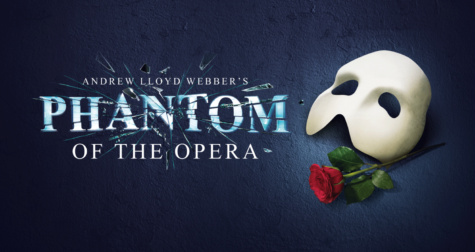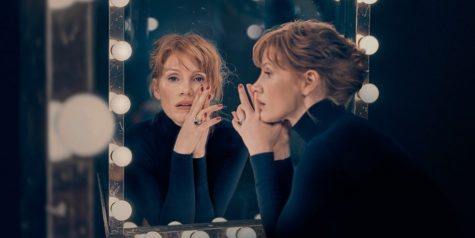Virtual dance residency follows up online
September 2, 2020
With the craziness of today’s world, Zoom classes are becoming more and more common across universities and workplaces alike.
Though often irritating, Zoom classes in most disciplines are feasible, especially given the current circumstances which necessitate social distancing.
However, in the world of dance, where classroom learning is necessary to master technique as well as the emotion of a piece, in addition to having the necessary space to move, the virtual setting poses a more difficult challenge.
Aside from the importance of technique, it is necessary for dancers to learn the many different styles of dance from different professionals.
This not only allows dancers to become more well-rounded in their art, but also teaches them how to learn from different teaching styles and methods.
The ability to learn from different professionals is a necessary skill in the professional world.
In an ideal world, dance residencies bring in a guest choreographer for a limited amount of time to give this opportunity to aspiring professionals.
What happens when guests are no longer allowed? Though COVID-19 has made this process extremely difficult, the Mercyhurst Dance Department is determined to provide the best possible experience to its students.
This fall, professor of Dance and chair of Dance, C. Noelle Partusch, and professor of Dance Jennifer McNamara, have worked to construct three virtual dance residencies.
Beginning the weekend of Aug. 29, they will feature three different choreographers from across the country.
The typical audition process would have all choreographers in person with all dancers learning and dancing together. This time, choreographers tuned in over Zoom to teach their choreography to the students, who were only allowed in the Mary D’Angelo Performing Arts Center theater in groups of twenty. “It was over three hours (of auditions),” Partusch said. “I also had three dancers in quarantine, so they were at North East over Zoom doing material.”
They say the residencies will occur in a very similar manner. The choreographer will video in over Zoom to a small group of (socially distanced and masked) dancers to teach and perfect the dance virtually.
Even though this is the best possible solution with the given situation and allows students to learn the material, choreographers and educators are aware that it will not be the same as it has always been. “There’s a lot of agency that you concede to dancers that typically hasn’t been done in dance in the past,” McNamara said. “Usually choreographers say ‘do this like this because it’s my vision’ and dancers become this embodied version of the vision – but these are different times.”
A lot of creative independence has now been given to the dancers by not having the choreographer physically present to demonstrate exactly how to perform a piece, which is not always easy both for the choreographer and the dancer. That said, the idea of perfectionism in dance, though a major challenge virtually, is not necessarily the most complicated challenge with the process.
Partusch raised the point that with not being able to fit all the dancers in one place at a given time, let alone an audience, “the biggest challenge is: how do we do the show?” For those who enjoy the arts, don’t worry. We’ll still be able to see it whether live or prerecorded. Partusch explained that they plan on recording the dances as soon as their choreography is perfected and keeping those videos on hand to release to the public in the event that they are unable to stream a concert in November. However, they do hope to be able to stream the performance live to give some semblance of a live performance.
Despite these challenges, there are still some benefits to this unusual layout. “The whole idea of the students learning a different role for themselves within the choreography process is a really great benefit,” McNamara said. She explained that allowing the students to have a creative voice in the choreography process aids them in developing their own artistic voice.
Furthermore, experiencing the newfound virtual aspect of dance is extremely important for their future careers, as certain elements of this process are likely to remain in the professional setting. “Everyone is re-envisioning what it means to be a dancer and be in a dance company, so giving the students this opportunity gives them a leg up when they leave here because they already have experience without the high stakes of losing their job.”
Partusch is also quite excited with the opportunities this opens up for the students. “Being able to use electronics to work with someone on a screen in a different locale, just think of who I can bring in,” she said. They no longer have to be concerned with looking for professionals within a certain radius to work with the students. They can bring in dancers from essentially anywhere in the world, “It’s almost like it’s limitless.”
Though not ideal, the Mercyhurst Dance Department has done an outstanding job at still providing the best learning experience possible for the students. They are leaping over obstacles and looking at the benefits with a fresh eye. As for the performance, live or not, it will be just as wonderful as ever and is sure to hold us over until we are able to be in the theater again.










